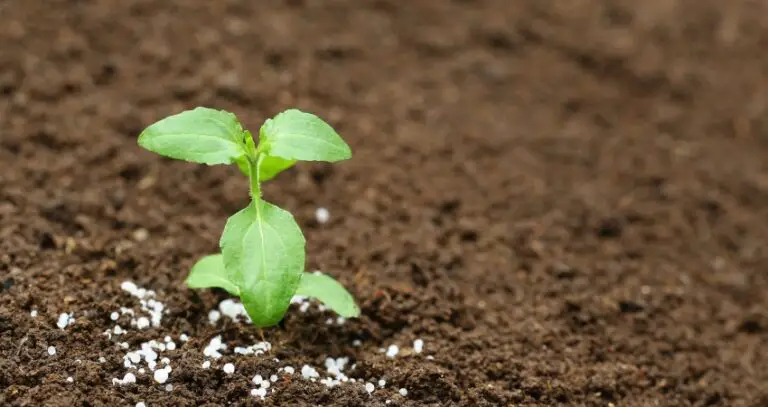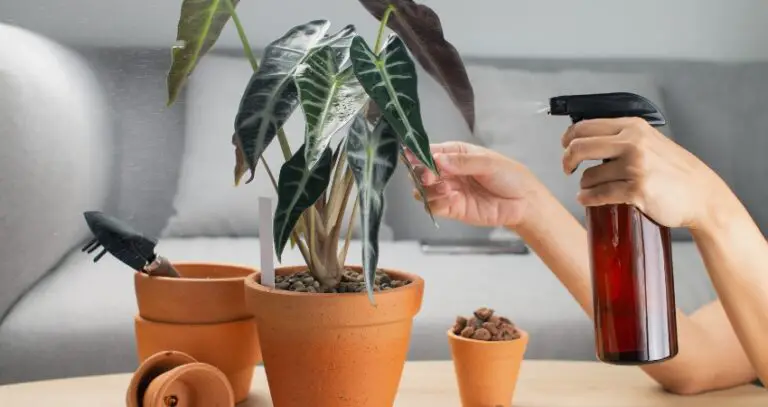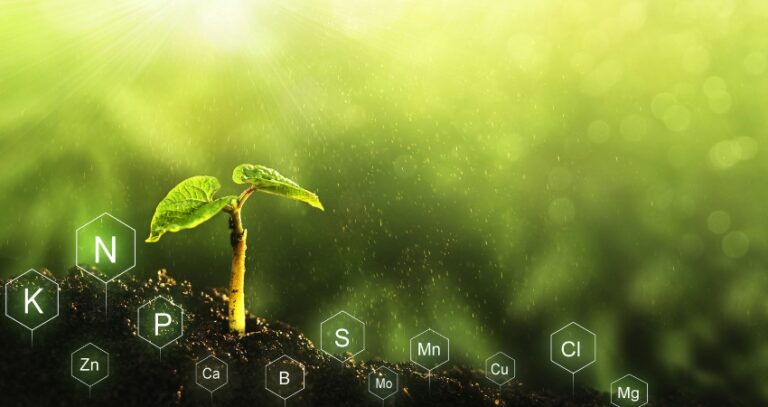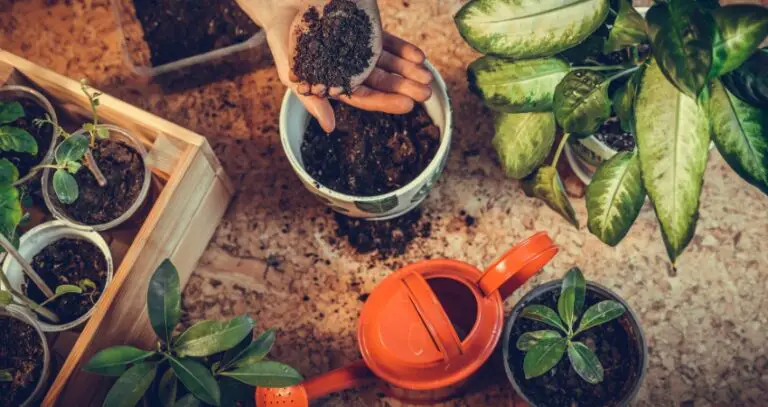Welcome to the wild, wacky, and wonderful world of indoor plant fertilization! Prepare to embark on a thrilling journey as we uncover the hidden secrets behind nurturing your leafy pals to their fullest potential. In this ultimate guide, we’ll dive headfirst into the enchanting realm of plant nutrition, exploring the ins and outs of macronutrients, micronutrients, soil, pH, and the magical elixir known as fertilizer.
By understanding the importance of these elements and their influence on your indoor plants, you’ll be well-equipped to create an environment where your green companions can thrive. From expert tips to practical advice, this guide will serve as your go-to resource for all things related to fertilizing indoor plants. So let’s get started and embark on a journey towards nurturing a vibrant, thriving indoor garden!
Understanding Indoor Plant Fertilization
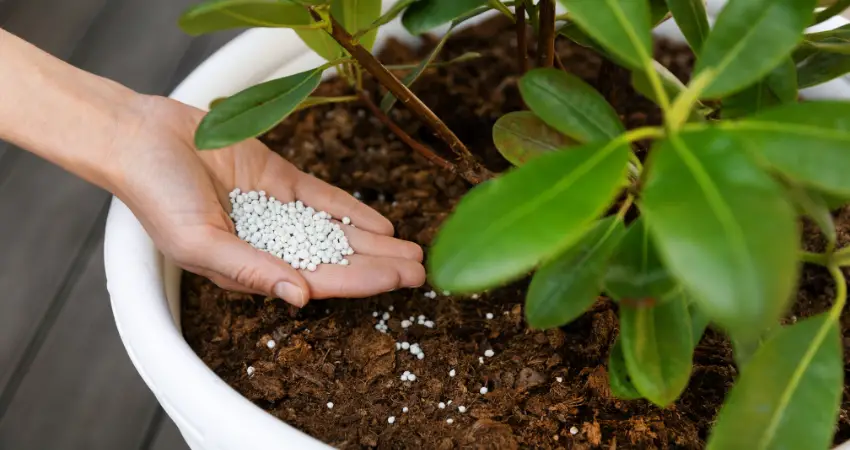
Fertilizing your indoor plants is essential to provide them with the necessary nutrients for their growth and overall health. In this section, we will cover the fundamentals of plant nutrition, macronutrients and micronutrients, and the role of soil, pH, and fertilizer in plant growth.
Fundamentals of Plant Nutrition
Your indoor plants require a balanced supply of essential nutrients to grow and thrive. These nutrients can be divided into two categories: macronutrients and micronutrients.
The macronutrients include nitrogen (N), phosphorus (P), and potassium (K), which are needed in larger amounts, while the micronutrients include iron, boron, magnesium, manganese, and calcium and are needed in smaller amounts.
The balance of these nutrients is crucial for optimal growth and health of your indoor plants.
Macronutrients and Micronutrients
Macronutrients are essential for the overall growth and development of your indoor plants. Nitrogen promotes leafy green growth and is important for photosynthesis; phosphorus helps with root growth, flowering, and fruiting; and potassium plays a key role in the overall health and vigor of your plants.
Micronutrients, although required in smaller amounts, are equally important as they facilitate various vital plant processes. Iron is essential for chlorophyll synthesis, while magnesium helps with the activation of vital enzymes. Other micronutrients such as manganese, boron, and calcium play essential roles in specific plant processes, contributing to the overall well-being of your indoor plants.
Role of Soil, pH, and Fertilizer in Plant Growth
The type of soil and its pH level play a significant role in determining the availability and absorption of nutrients by your indoor plants. Most houseplants grow best in a well-aerated, slightly acidic to neutral potting soil with good drainage. It’s important to monitor the pH level of the soil, as it affects the solubility of nutrients and their uptake by plants.
Fertilizers help to replenish the nutrients in the soil, ensuring that your plants receive the essential elements for growth. There are various types of fertilizers available, including organic options like compost and inorganic or synthetic options which contain NPK ratios, minerals, and trace elements.
When fertilizing your indoor plants, always follow the recommended dosage and application instructions mentioned on the fertilizer package. Over-fertilizing can cause issues such as leaf burn, root damage, and reduced growth. Remember that your indoor plants’ fertilizer needs may vary based on their specific requirements, environmental conditions, and stage of growth.
Types of Indoor Plant Fertilizers
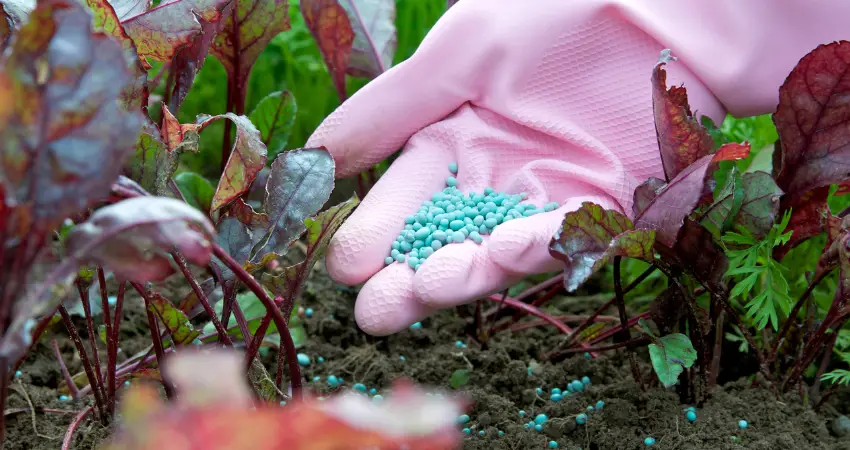
Knowing which type of fertilizer to use is essential for the health and growth of your indoor plants. Let’s explore the most common types of indoor plant fertilizers and their benefits.
Liquid Fertilizers
Liquid fertilizers are a popular choice for houseplants, as they are easy to mix with water and can be applied during regular watering. This form of fertilizer ensures that nutrients are immediately available to your plants. However, it’s important to follow the recommended dilution rates to avoid over-fertilization.
Granular Fertilizers
Granular fertilizers are dry, small pellets that you sprinkle onto the soil. These fertilizers slowly release nutrients as you water your plants. Granular fertilizers can be less precise in delivering nutrients than liquid fertilizers, but they’re easy to use and typically need to be applied less frequently.
Slow-Release Fertilizers
Slow-release fertilizers come in various forms, including sticks, tablets, and coated granules. They gradually release nutrients over time, which reduces the risk of over-fertilization or nutrient burn. These fertilizers are popular for long-term plant maintenance, as they can last for several months before requiring reapplication.
Organic vs. Synthetic Fertilizers
Organic fertilizers, such as Espoma Organic Indoor Houseplant Food, are made from natural ingredients, like fish emulsion or composted materials. They provide a gentle supply of nutrients and can help improve soil structure. Synthetic fertilizers, on the other hand, are chemically-derived and offer a more immediate release of nutrients. Both types have their benefits, so choose one based on your specific needs and preferences.
Specialty Fertilizers
Some houseplants may require specialized fertilizers designed for their specific needs. For instance, orchids or African violets prefer a balanced fertilizer that provides an equal ratio of nitrogen, phosphorous, and potassium. Research your specific plant species to determine if they require a particular type of fertilizer for optimal growth.
In conclusion, selecting the right type of fertilizer for your indoor plants can make a significant difference in their overall health and growth. No matter which type you choose, be sure to follow the recommended application rates and frequencies to ensure your plants receive the necessary nutrients.
How to Fertilize Indoor Plants
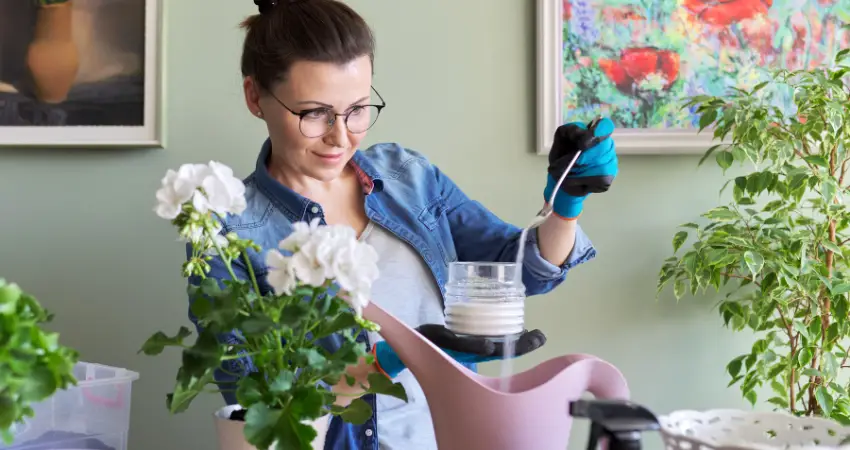
Fertilizing indoor plants is essential for their healthy growth and maintaining their overall appearance. In this section, you’ll learn about creating a fertilizing schedule, choosing the right fertilizer, and preparing and applying your chosen fertilizer.
Fertilizing Schedule
It’s important to follow a proper fertilizing schedule to optimize your indoor plants’ health. Most indoor plants require fertilization during their growing season, which typically lasts from spring to fall. A general rule of thumb is to fertilize your plants every 4-6 weeks during this period. For slower-growing plants, like succulents and cacti, fertilize once every 3-4 weeks with a more dilute solution (Smart Garden Guide).
Choosing the Right Fertilizer
There are several types of fertilizers available for indoor plants, ranging from synthetic to organic options. When selecting a fertilizer, consider your plant’s specific needs, as well as your personal preferences.
- Synthetic fertilizers: These are chemically produced and often contain higher concentrations of essential nutrients like nitrogen, phosphorus, and potassium. Granular, liquid, and tablet forms are available.
- Organic fertilizers: Derived from natural sources like compost, worm castings, or bone meal, these fertilizers are more gentle on your plants and can promote healthy bacteria and fungi in the potting soil. They typically come in the form of granules or liquids.
It’s also essential to consider the nutritional needs of your specific plants. Some species may require additional nutrients, while others may only need a general-purpose fertilizer. Make sure to read up on the specific needs of your plants before choosing a fertilizer.
Preparing and Applying Fertilizer
When preparing your chosen fertilizer, always follow the manufacturer’s instructions for proper dilution and application. Here are some general tips for applying fertilizers to your indoor plants:
- Watering can: For liquid fertilizers, mix the appropriate amount with water in a watering can and apply to the soil around your plant, being careful not to splash the leaves.
- Granular fertilizers: Sprinkle the granules on top of the potting soil, or mix them in by hand. Remember to water your plants thoroughly afterward, as this helps distribute the nutrients evenly.
- Tablets: Push these slow-release fertilizers into the potting soil near the plant roots, and they will gradually release nutrients over time.
Indoor plant fertilization is largely influenced by factors like humidity and rainfall. So, it’s essential to keep an eye on your plants’ health and adjust your fertilizing schedule and application method accordingly. By following these guidelines, you’ll be well on your way to maintaining healthy, vibrant indoor plants.
Fertilization for Specific Indoor Plant Needs
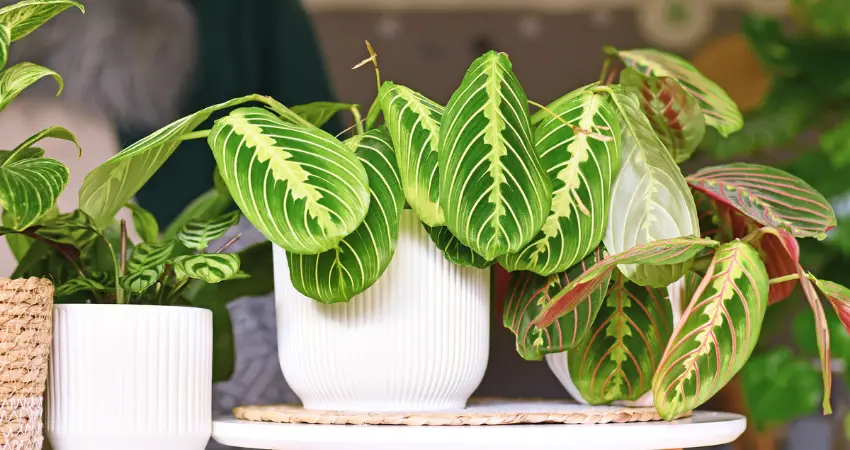
Every indoor plant has unique needs when it comes to fertilization. Understanding how to properly meet these needs is crucial in promoting growth, healthy foliage, and blooms. In this section, we’ll discuss the appropriate fertilization methods for specific categories of indoor plants.
Flowering Plants
When fertilizing flowering plants, you need to focus on providing the proper balance of nutrients to promote vibrant flowers and robust growth. During the active growing season, usually spring and summer, choose a fertilizer that is higher in phosphorus, as it encourages bigger and healthier blooms. Organic liquid fertilizers or slow-release granules will also work well. Don’t forget to follow the product’s instructions and avoid overfertilizing to prevent disease and other issues.
Foliage Plants
Foliage plants require fertilizers with a higher concentration of nitrogen, which supports healthy leaf growth and maintains a lush appearance. It’s essential to fertilize these plants during their growing season with a balanced or foliage-specific fertilizer. Applying a liquid or organic fertilizer monthly during this time will help ensure optimal vigour and energy levels.
Succulents and Cacti
Succulents and cacti have different fertilization needs compared to other indoor plants. They require a specialized, well-balanced fertilizer that contains essential macronutrients like nitrogen, phosphorus, and potassium. Avoid overwatering or overfertilizing these plants, as they are more susceptible to root rot and pests. It’s best to fertilize succulents and cacti during their active growth periods in spring and summer.
Fruit-Bearing Plants
Fertilizing fruit-bearing indoor plants requires a careful approach, as these plants need a consistent balance of nutrients to ensure optimal fruit production. Use a fruit-specific fertilizer, and pay close attention to the macronutrient ratios to provide your plants with the necessary nutrients, such as potassium for a healthy root system. Regularly fertilize fruit-bearing plants during their active growth periods in spring through summer, and reduce the frequency in winter months when they enter dormancy.
Additional Tips and Tricks for Indoor Plant Fertilization
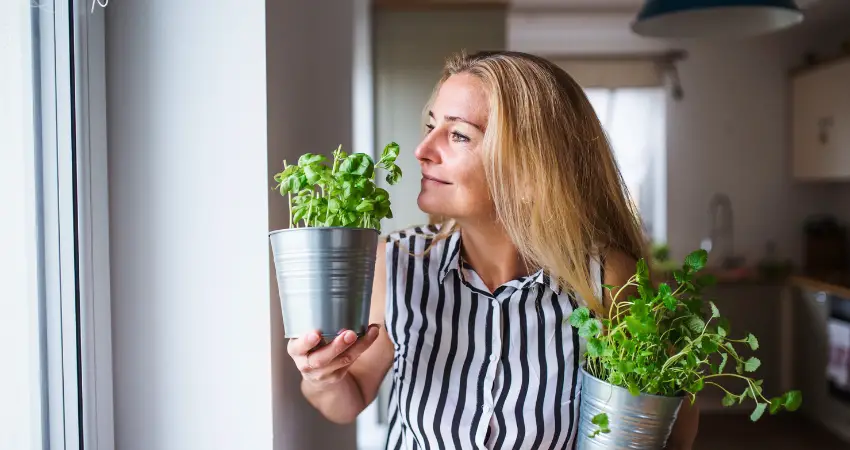
Salt Buildup and Soil Flushing
Over time, the use of fertilizers can lead to salt buildup in the soil of your indoor plants. Excess salts can cause leaf burn and hinder plant growth. It’s crucial to periodically flush the soil to remove these salts. To do this, thoroughly water your potted plants and allow the excess water to drain out, carrying away the salts. Repeat this a few times to ensure proper soil flushing. Monitoring your plants for signs of salt buildup, such as yellow leaves, can help you determine when a soil flush is necessary.
Alternative Fertilizer Sources
Besides using commercial fertilizers, you can explore alternative sources for fertilizing your indoor garden. Some natural options include coffee grounds, compost, and Epsom salt. Coffee grounds can provide nitrogen, phosphorus, and potassium, which are essential for plant growth. However, use them sparingly as they can raise soil acidity levels. To use coffee grounds, simply mix them into the top layer of the soil or use them in a compost mix.
Epsom salt, rich in magnesium and sulfur, can be dissolved in water and applied as a soil drench or foliar spray. It helps improve the overall health and appearance of your indoor plants. Follow the manufacturer’s guidelines for the appropriate dosage.
Indoor Gardening Seasonality
Being mindful of the seasons and temperature changes is vital for the success of your indoor garden. Most indoor plants have an active growing season, usually from March through October. During this period, it’s essential to fertilize your plants according to their specific needs and the recommended schedule. Both under-fertilizing and over-fertilizing can lead to poor plant growth, so it’s important to maintain a balanced approach.
In the cooler months, your plants may enter a dormant phase or exhibit slower growth due to reduced sunlight and temperature changes. Refrain from fertilizing your indoor plants during this time, as it can lead to problems such as pests and diseases. Instead, focus on providing adequate light, humidity, and water to support your plants throughout these cooler seasons.

